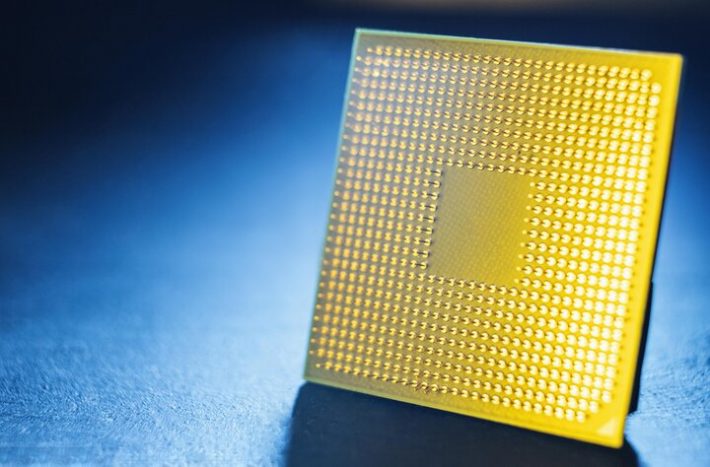The Internet of Things (IoT) is truly coming of age with more than 50 billion devices expected to be connected by 2020. One of the challenges facing the Internet of Things is the possibility that a vast number of connected devices could overwhelm the data-carrying capacity of mobile networks.
To ensure that mobile networks can efficiently accommodate the increased number of connected devices and services resulting from the rapid growth of IoT, GSMA has released the “IoT Device Connection Efficiency Guidelines” detailing how to make IoT devices data-efficient.
Telit, Allianz Telematics and Telenor Connexion, has announced their cooperation to ensure optimal performance of IoT devices and applications.
The three companies collaborated to implement a solution verified in Ericsson’s Radio Testing Laboratory, the first independent testing facility to work with the new Guidelines since their release on the 13th of October, 2014.
This implementation of the so-called ‘Network Friendly Mode’ ensures optimal behaviour of the devices and will ultimately help accelerate IoT growth. Allianz Telematics’ adoption of the IoT Connection Efficiency Guidelines in their Usage Base Insurance (UBI) solution will deliver future-proof product and a better overall customer experience.
“Allianz Telematics is committed to provide the best customer experience and has broken new ground with Telit and Telenor Connexion in implementing GSMA’s ‘IoT Connection Efficiency Guidelines’ in its Telematics products. Taking a leading role in driving the best reliability and efficiency for our products is essential in our industry and we are very pleased to be at the forefront of adopting the best industry practices to ensure we have robust and reliable offering for our customers”, says Jacques Amselem, CEO of Allianz Telematics SpA and head of global telematics at Allianz Managed Operations & Services SE.
“We have been thrilled to work with Telit and Allianz Telematics to implement and verify GSMA’s ‘IoT Connection Efficiency Guidelines’. Telit has worked expeditiously to support the GSMA guidelines. Allianz Telematics has demonstrated an unwavering commitment to delivering a reliable and resilient user experience to their customers in leading the adoption of these guidelines,” says Stephen Bryant, CTO of Telenor Connexion.
“Telit is proud to have worked with Telenor and Allianz in the definition, design and implementation of the Network Friendly Mode algorithm for the GE865. Using few new AT commands the NFM functionality is fully configurable to satisfy the requirements of the end customer and of the MNO,” says Felix Marchal, chief product officer at Telit Wireless Solutions. “The experience we gained building the Allianz implementation will be reused to integrate this feature into other products. We are confident that this feature is critical to the future growth of the M2M/IoT market.”
“Ericsson helped to develop the GSMA IoT Connection Efficiency Guidelines and our Device Experience Labs – part of the Ericsson Device and Application Verification service – have devised testing methodologies to validate cellular radio modules and IoT solutions against them. We have now validated two cellular radio modules against the guidelines and we believe this testing will not only serve to improve IoT devices and solutions, but also to secure and future-proof operator networks. We see adherence to the guidelines as an essential enabler for our vision of 50 billion connected devices, and we are here to help,” says Paolo Colella, head of Consulting & Systems Integration at Ericsson.










